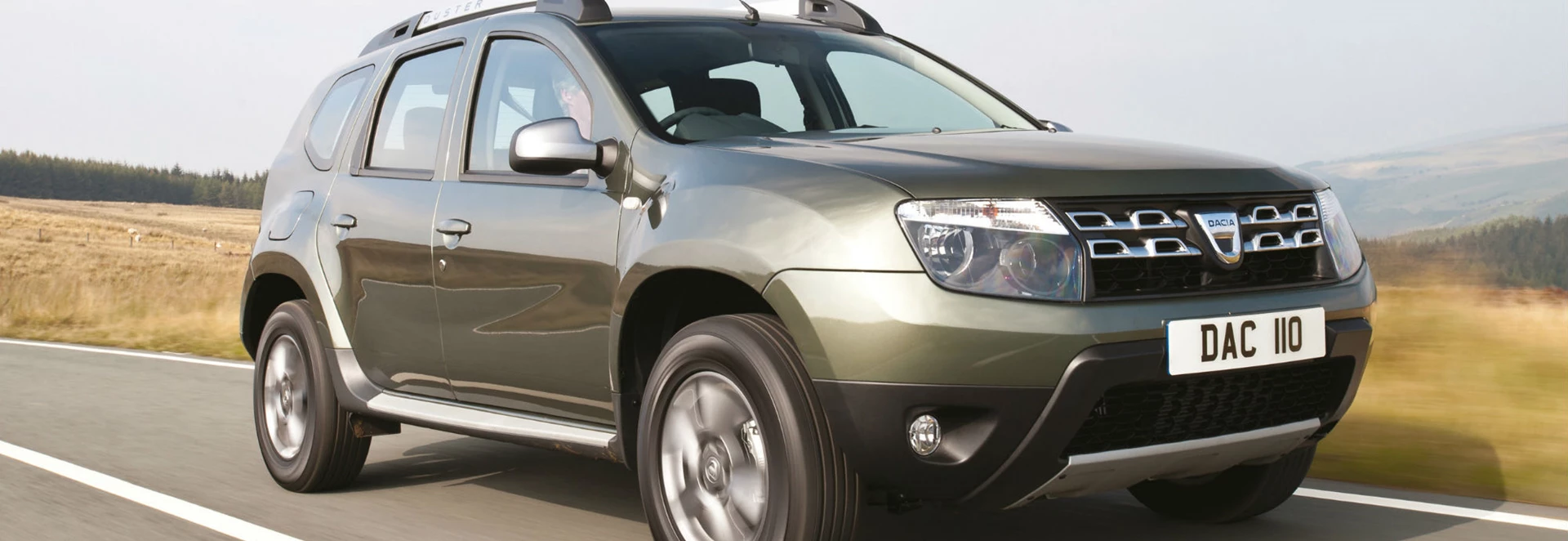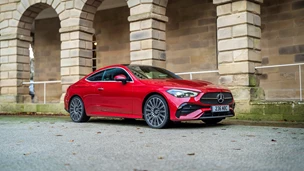The Citroen SpaceTourer is the next step for those who feel a seven-seat MPV just isn’t big enough. Aimed primarily at transport companies, and with the availability of up to nine seats, the SpaceTourer aims to merge car, MPV and van DNA together.
Although seven seats come as standard, the SpaceTourer doesn’t really go up against the usual large MPV suspects like the Ford Galaxy. Instead, it aims to tackle more van-derived models like the Peugeot Traveller and Toyota Proace Verso.
But how does Citroen’s nine-seat people carrier measure up?
Performance
There’s a range of diesel engines to choose from in the SpaceTourer – we tested the 1.6-litre 113bhp derivative. We assumed this unit would feel incredibly lethargic, given that the SpaceTourer weighs over 2.5 tonnes, however, with 300Nm of torque, it feels sprightly enough, pulling well when you need it to.
Driving around town does make this 113bhp diesel feel a little hard-worked though, particularly low-down the gears, but once you are up to speed on the motorway, it delivers incredibly smooth performance.
The six-speed manual gearbox the SpaceTourer comes mated to is snappy enough as well and thankfully doesn’t suffer from the long throw you’d usually associate with a van-like vehicle of its size.
Ride and Handling
The SpaceTourer feels rather planted, not enough to encourage fast cornering, but enough to keep the average driver filled with confidence.
Due to its sheer size, the SpaceTourer does feel akin to a van in the way it drives, there’s no avoiding that. It feels hefty when navigating tight streets, there’s plentiful body roll when cornering and visibility can be tricky at times. However, with anywhere from seven to nine seats inside the SpaceTourer, there’s a bit of added weight when compared to your average unladen van, and this does wonders for its ride quality. Unlike many vans, which are designed to have heavy loads in the rear and as a result crash over bumps when they’re not carrying cargo, the SpaceTourer feels rather planted, not enough to encourage fast cornering, but enough to keep the average driver filled with confidence. But back to its van-like qualities. The steering in the SpaceTourer is rather lifeless, lacking pretty much any feedback, although it is accurate enough for pottering about. It does benefit from its van-esque DNA somewhat though, with a commanding, high-riding position, which is ideal for long motorway stints and for towering over traffic in a city centre.
When Dacia first arrived to the UK market back in 2013 it immediately caught attention with its remarkably low prices. For instance, Dacia offers the cheapest new car around in the form of the Sandero supermini.
Then there’s the Dacia Duster - not just an eye-catching name but also a mid-size crossover available with four-wheel drive but also far cheaper than any direct competition. In fact, with pricing starting below £10,000, a new Duster can be bought for less than most current superminis.
So against the likes of the Nissan Qashqai, Skoda Yeti and Mazda CX-5, the Duster certainly has at least one advantage. But is there enough quality in the drive and interior?
Styling-wise, with its high ground clearance and wide wheel arches, the Duster looks ready for off-road adventures whether you go for a front-wheel (4x2) or four-wheel drive (4x4) powertrain.
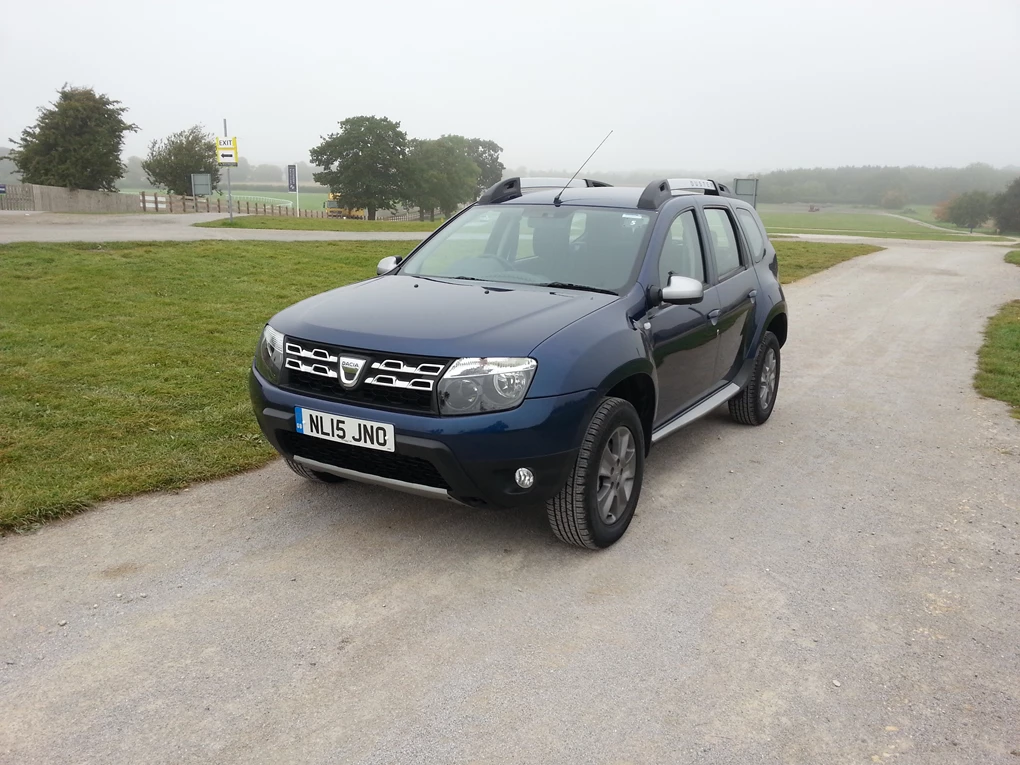
Performance
There are two engines available for the Duster, including an 113bhp 1.6-litre petrol which is exclusive to the standard Access trim level and also found on the Ambiance trim. For Ambiance and above, however, there’s the more popular 108bhp 1.5-litre diesel.
Front or selectable four-wheel drive is available for both engines and all trim levels and a six-speed manual gearbox is standard for all models (except front-wheel drive petrols which have a five-speed manual).
Whatever powertrain you go for, the Duster can’t be described as fast. The 0-62mph sprint time can vary between 11 seconds for the petrol 4x2 version to up to 12.4 seconds for the diesel 4x4.
From the initial get-go the Duster feels sluggish but other than that the speed and pulling power does feel adequate for day-to-day driving. When you remember how little you paid for this car, it’d be surprising to if the pace was anything beyond satisfactory.
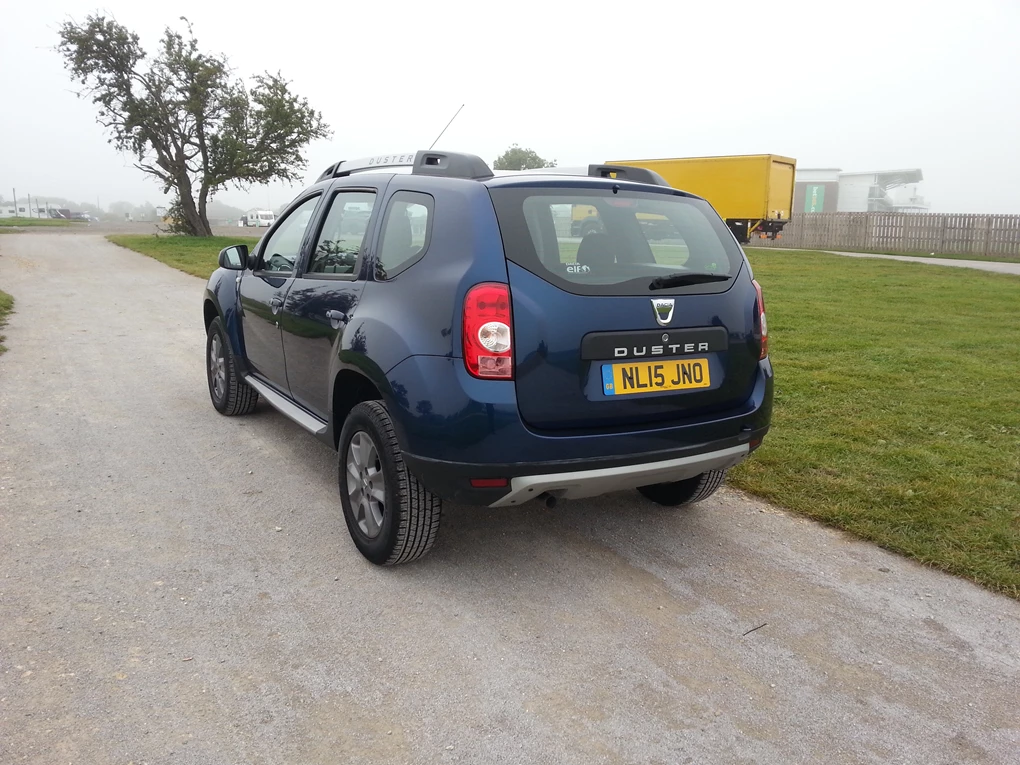
Ride and Handling
Grip levels feel decent, but there can be quite a lot of body roll when negotiating any tight corners.
The Duster’s set-up prioritises comfort and the car does do a decent job of soaking up bumps whether you’re on the road or on gravelly terrain. The driving experience is undermined, however, by the steering which offers little in the way of feedback. Grip levels feel decent, but there can be quite a lot of body roll when negotiating any tight corners. These off-putting characteristics will likely lead to a cautious approach to driving, especially when on high-speed countryside roads. Noisy is a word that also springs to mind when thinking about the Duster’s driving experience. Numerous squeaks and rattles are ever present while on the move. With all of that said, the Duster has always been about nothing more than getting from A to B (on or possibly off the road) in a straightforward, utilitarian manner.
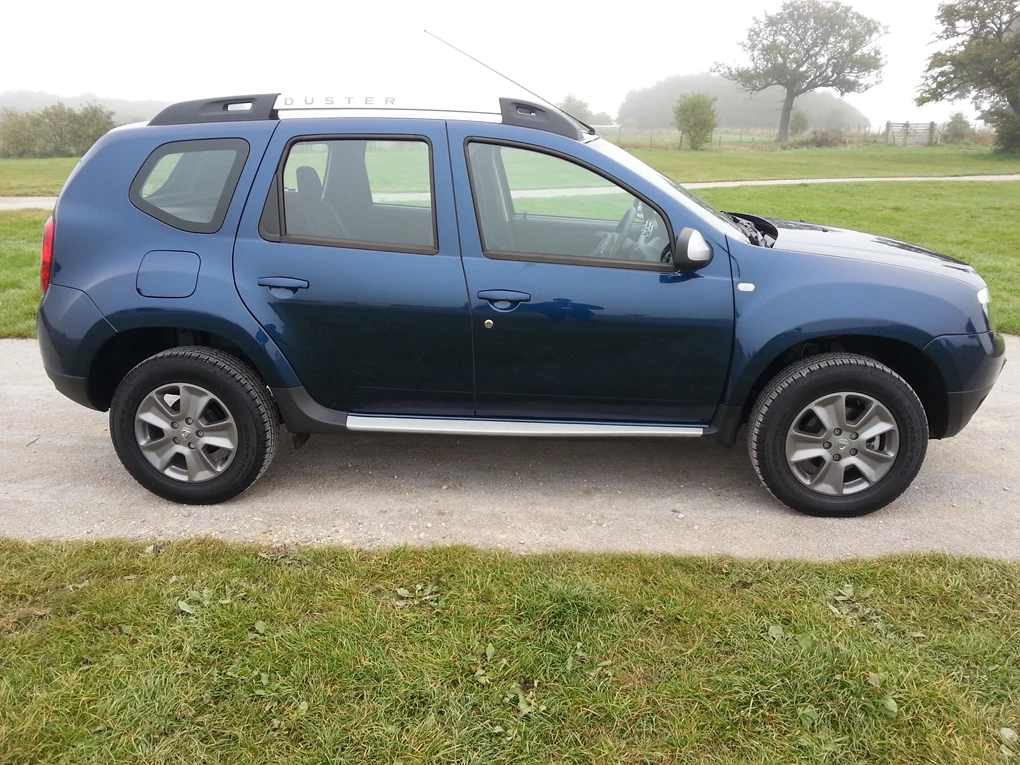
Interior and Equipment
Although Dacia is a Romanian brand, it is actually owned by French manufacturer Renault, acting as its budget appendage.
While the exterior design of the Duster feels as fresh as the competition, its budget car roots really show in the presentation and feel of the interior. The cabin’s array of hard plastics and simple switches around the dashboard and doors lack sophistication but their sturdy, no-nonsense nature should satisfy anyone seriously considering this car. Following the standard Access and Ambiance trims in the Duster line-up are Laureate and the range-topping Laureate Prime. Unsurprisingly, standard kit is limited but does include roof rails, front electric windows, a heated rear window, tinted glass, ISOFIX points on the outer rear seats and stop-start engine technology. Ambiance trim adds front fog lights, a height-adjustable driver’s seat, Bluetooth connectivity and a radio/CD player with MP3, auxiliary and USB port compatibility. Step up to the Laureate trim and you’ll get 16-inch alloy wheels, manual air conditioning, cruise control, electric rear windows and a leather steering wheel. The Laureate Prime trim, which still keeps the Duster cheaper than pretty much all the main rivals, gives you even more luxuries including a sat-nav and media gadget with a seven-inch touchscreen. This can be added as a £300 option for the Laureate trim. Space in the Duster is decent for a car in the mid-size crossover category. There’s a lot of head room all-round and leg room is reasonable both front and back, although seating three in the rear could prove a squeeze. Standard boot capacity for the Duster is measured at 475 litres. That’s more than the Nissan Qashqai (430 litres), Skoda Yeti (416 litres) and Ford Kuga (442 litres). It’s an impressive figure though not class leading, with the Hyundai Tucson (513 litres) and Honda CR-V (589 litres) offering more. Bear in mind as well that boot space goes down to 408 litres when you have the spare wheel (standard for 4x4 versions). Fold the back seats down and total load capacity for this Dacia goes up to 1,636 litres.
Cost
Unless you’re planning on doing a lot of off-roading, we recommend you go for a 4x2 front-wheel drive model in the Duster range, instead of a 4x4 version.
Since affordability is the primary weapon in Dacia’s arsenal, it shouldn’t be surprising to learn that the Duster’s pricing steals the show. Whereas other similar-sized crossovers start from somewhere in the region of £17,000 to £23,000, the Duster starts from about £9,500 with the cheapest 4x4 model starting at around £11,500. Pricing goes up to about £16,000 for the Laureate Prime 4x4 version. Fuel economy and emissions figures are respectable for this class. Just don’t expect the sub-100g/km emissions possible in the greenest Qashqai. Diesel-run Duster models record an official combined fuel economy between 60.1 and 64.2mpg and CO2 emissions between 115 and 123g/km depending on the choice of front or four-wheel drive. Petrol models meanwhile record just over 40mpg officially and emit between 145 and 155g/km. Unless you’re planning on doing a lot of off-roading, we recommend you go for a 4x2 front-wheel drive model in the Duster range, instead of a 4x4 version. That’s because the differences to the drive on the road are minor and you can maximise the savings.
Our Verdict
In key areas including speed, handling and interior quality, the Dacia Duster doesn’t perform as well as the major competitors in its class. But you get what you pay for, and with the Duster you’re paying a relatively small amount of cash for a car that offers SUV-like practicality and versatility. With a three year warranty offered as standard, and extended five or seven year warranties available to purchase, a new Duster can prove more attractive than going for an old, used SUV model. For any cash-strapped car buyer after an affordable new car that can transport a family along with their luggage in a reasonably comfortable manner, the Duster offers enough to get the job done.
